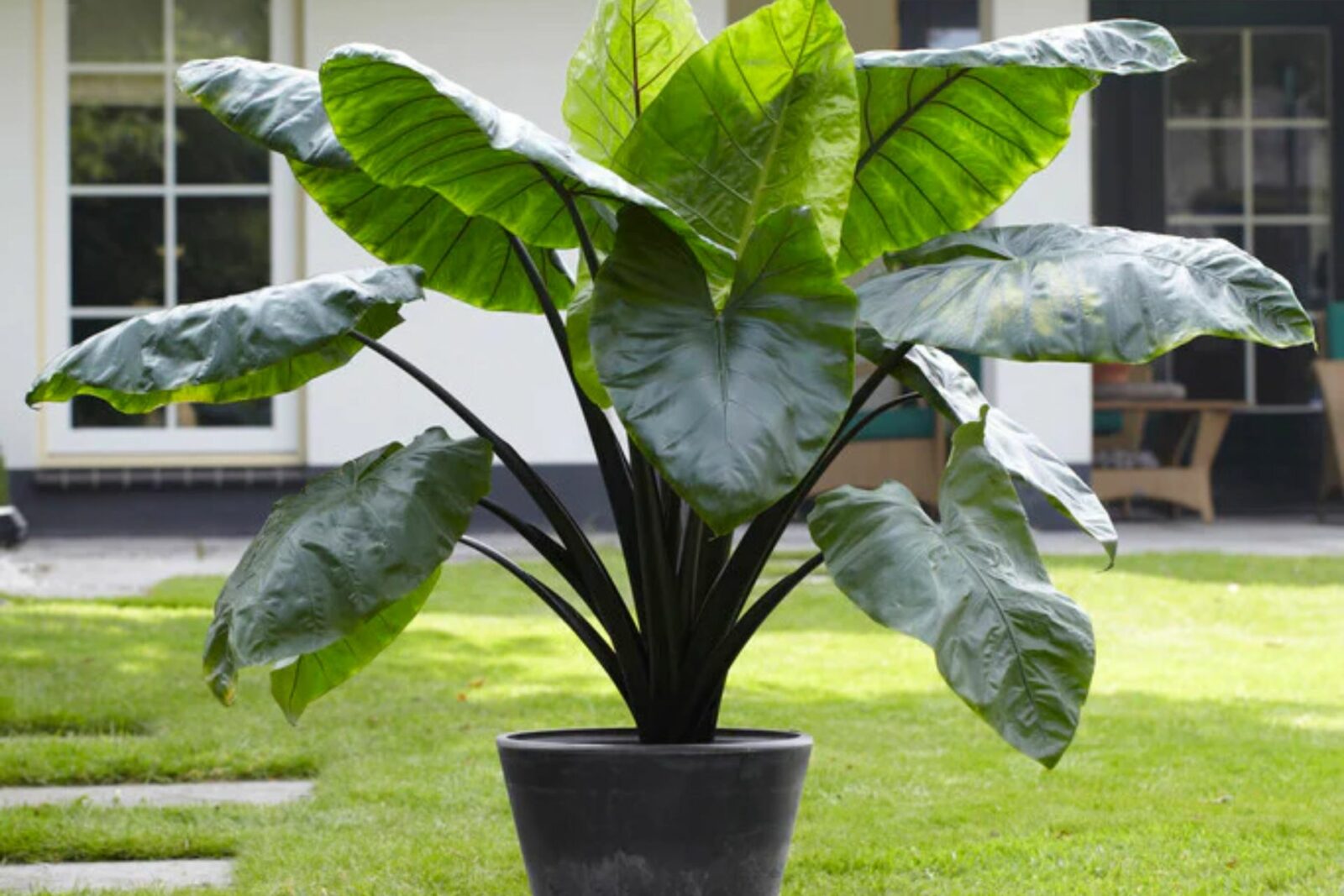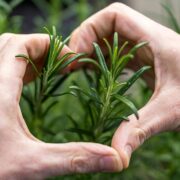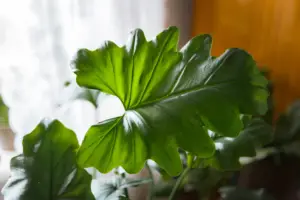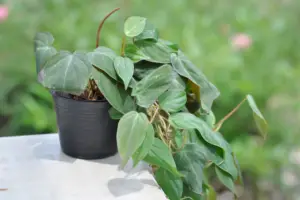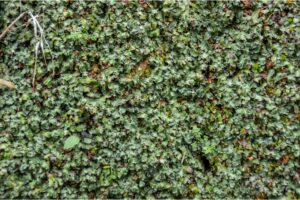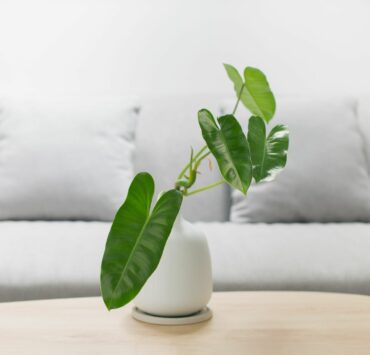Philodendron Giganteum, a captivating tropical plant species native to the rainforests of Central and South America, has captured the hearts of plant enthusiasts worldwide with its massive, heart-shaped leaves and relatively low-maintenance requirements. As one of the largest members of the Philodendron genus, this stunning plant offers a dramatic and lush touch to any indoor or outdoor space. In this comprehensive guide, we will delve into the origins, care requirements, and propagation methods of the Philodendron Giganteum, giving you all the information needed to cultivate this magnificent giant successfully.
Origins and Characteristics
Hailing from the family Araceae, Philodendron Giganteum is an epiphytic plant that typically grows on trees, drawing nutrients from the host’s bark and surrounding air. Its natural habitat spans the rainforests of countries such as Brazil, Colombia, and Costa Rica, where it thrives in warm, humid environments.
The plant’s most striking feature is its gigantic, heart-shaped leaves, which can grow up to 4 feet long and 3 feet wide in ideal conditions. These glossy, deep-green leaves are marked with intricate veins, which add an attractive textural element to the plant’s overall appearance. The Giganteum also produces small, white to green flowers enclosed in a leafy spathe, but these are relatively inconspicuous compared to the plant’s bold foliage.
Care Requirements for Philodendron Giganteum
- Light: Philodendron Giganteum prefers bright, indirect light to maintain its vibrant foliage. Direct sunlight can scorch the delicate leaves, so it’s essential to provide filtered or dappled light for optimal growth. An east or west-facing window with sheer curtains is an ideal spot indoors. If growing outdoors, place the plant in a shaded area that receives plenty of ambient light.
- Water: Consistent moisture is crucial for the health of your Philodendron Giganteum. Water the plant when the top 1-2 inches of soil feels dry to the touch, allowing excess water to drain away to prevent root rot. Inadequate water may cause the leaves to yellow or droop, while overwatering can lead to root rot and fungal issues.
- Humidity: Being native to tropical rainforests, Philodendron Giganteum thrives in high humidity. Aim for 60-80% humidity around your plant by using a humidifier, placing a tray of water with pebbles beneath the pot, or misting the leaves regularly. However, avoid excessive misting, as this can invite pests or diseases.
- Soil: A well-draining, peat-based potting mix is ideal for Philodendron Giganteum. A combination of peat moss, perlite, and orchid bark in equal parts can create a lightweight, aerated mix that allows the roots to breathe and prevents waterlogging.
- Fertilizer: Feed your Philodendron Giganteum monthly during the growing season (spring and summer) with a balanced liquid fertilizer diluted to half strength. Decrease feeding to once every two months during fall and winter. Over-fertilization can cause leaf burn, so monitor your plant’s growth and adjust the feeding schedule accordingly.
- Temperature: Philodendron Giganteum enjoys warm temperatures, ideally between 65-85°F (18-29°C). Keep the plant away from drafts, air conditioning vents, or heaters, as sudden temperature fluctuations can stress the plant.
- Pruning: Regularly remove dead or yellowing leaves to maintain the plant’s health and appearance. Use clean, sharp pruning shears to minimize the risk of infection or disease. Pruning also helps control the size and shape of your Philodendron Giganteum, allowing you to cultivate a more compact, bushy plant if desired.
Propagation
Propagating Philodendron Giganteum is a relatively simple process that can be done using stem cuttings. Follow these steps to propagate your plant successfully:
- Choose a healthy, mature stem with at least one leaf and a visible node (the small bump from which roots will grow). Ensure the stem is disease-free and shows no signs of pests.
- Using a clean, sharp pair of pruning shears, make a diagonal cut about an inch below the node. Remove any lower leaves to leave only the topmost leaf intact.
- Place the cutting in a glass or jar of clean water, ensuring the node is submerged but the leaf remains above water. Change the water every few days to maintain cleanliness and prevent bacterial growth.
- Place the jar in a warm, brightly lit area with indirect light. After a few weeks, you should see new roots emerging from the node.
- Once the roots are at least 2-3 inches long, transfer the cutting to a pot filled with well-draining potting mix. Water the new plant thoroughly and maintain the same care requirements as for a mature Philodendron Giganteum.
Common Problems and Solutions
Pests
Like other tropical plants, Philodendron Giganteum can be susceptible to pests such as spider mites, mealybugs, and scale insects. Inspect your plant regularly for signs of infestation and treat promptly with insecticidal soap or neem oil. Isolate affected plants to prevent the spread of pests to other plants.
Yellow leaves
Overwatering or insufficient light can cause leaves to turn yellow. Ensure you are using a well-draining potting mix and only watering when the top 1-2 inches of soil feel dry. Adjust your plant’s location to provide brighter, indirect light.
Drooping leaves
Underwatering or exposure to cold drafts can cause leaves to droop. Check the soil’s moisture levels and adjust your watering schedule accordingly. Ensure the plant is kept away from drafty areas or cold windows.
Brown leaf tips
Low humidity or over-fertilization can cause brown tips on the leaves. Increase humidity levels using the methods mentioned earlier and reduce the frequency and strength of fertilizer applications.
Philodendron Giganteum is an impressive and rewarding plant to grow, with its enormous, heart-shaped leaves adding a touch of the tropics to any space. By understanding its native habitat and providing the proper care, you can successfully cultivate this stunning giant in your own home or garden. With its low-maintenance requirements and bold appearance, the Philodendron Giganteum is truly a must-have for any plant enthusiast seeking a dramatic statement piece for their collection.
